Why this piece of code is needed ?
typedef struct corr_id_{
unsigned int size:8;
unsigned int valueType:8;
unsigned int classId:8;
unsigned int reserved:8;
} CorrId;
I did some investigation around it and found that this way we are limiting the memory consumption to just what we need. For E.g.
typedef struct corr_id_new{
unsigned int size;
unsigned int valueType;
unsigned int classId;
unsigned int reserved;
} CorrId_NEW;
typedef struct corr_id_{
unsigned int size:8;
unsigned int valueType:8;
unsigned int classId:8;
unsigned int reserved:8;
} CorrId;
int main(){
CorrId_NEW Obj1;
CorrId Obj2;
std::cout<<sizeof(Obj1)<<endl;
std::cout<<sizeof(Obj2)<<endl;
}
Output:-
16
4
I want to understand the real use case of such scenarios? why can't we declare the struct something like this,
typedef struct corr_id_new{
unsigned _int8 size;
unsigned _int8 valueType;
unsigned _int8 classId;
unsigned _int8 reserved;
} CorrId_NEW;
Does this has something to do with compiler optimizations? Or, what are the benefits of declaring the structure that way?
